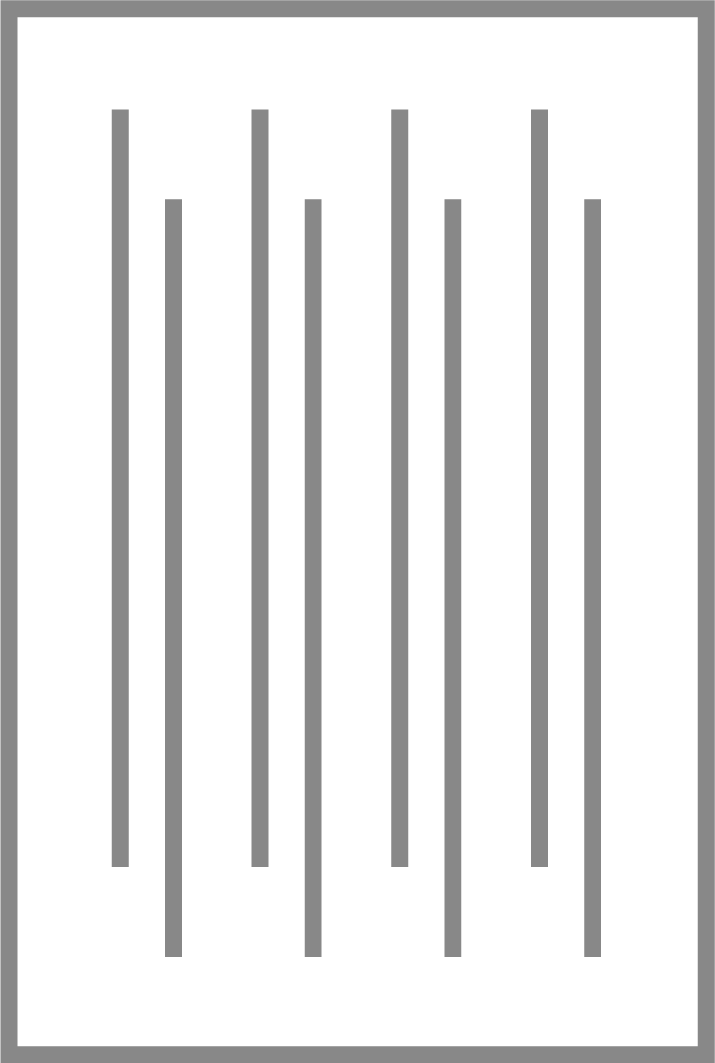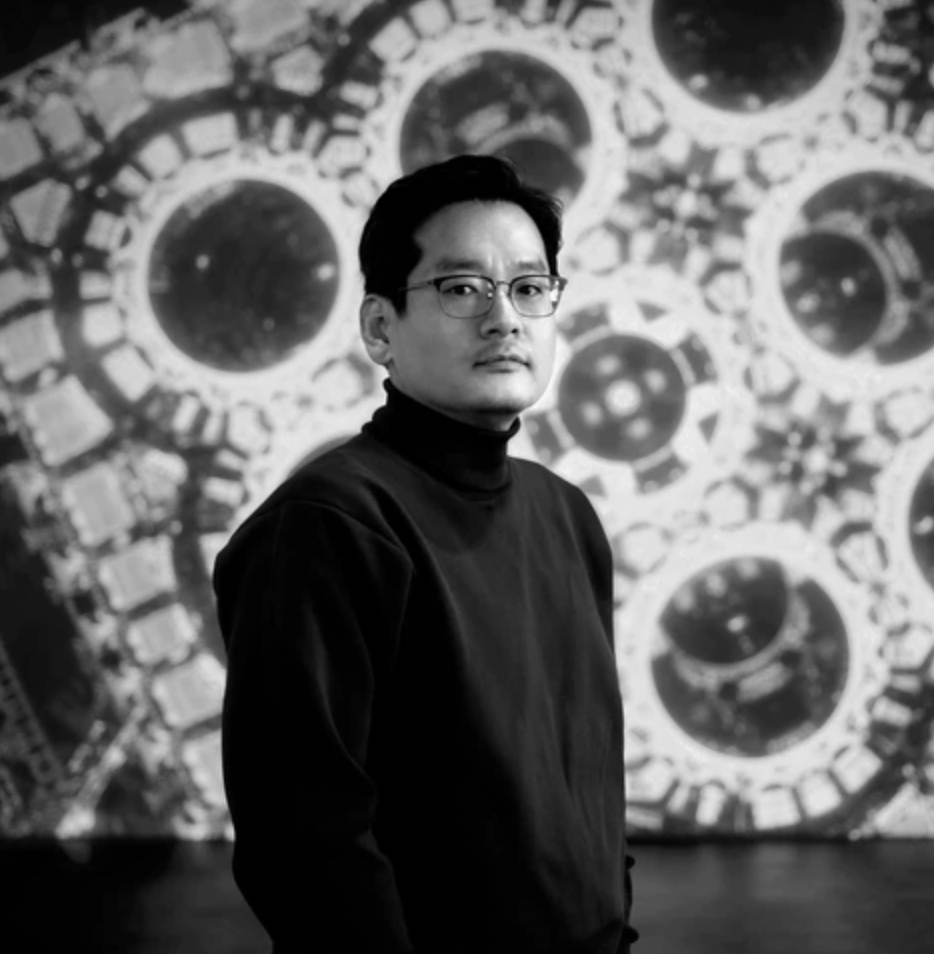therein
GROUP EXHIBITION
July 8th, 2023 - August 30th, 2023
Waterfall invites you to “dwell therein,” to find a sure place known only to you. We seek to help you uncover a sanctuary that is uniquely your own—a place of respite and security, where breath becomes revitalizing and transformative. As an ode to summer, Waterfall proudly presents a captivating group exhibition of 7 featured artists on the ground floor with an extension of 31 international artists on the upper floors. This collection of artworks portrays each artist’s unique way of “dwelling therein” alongside their invitation to rediscover the essence of our breath.

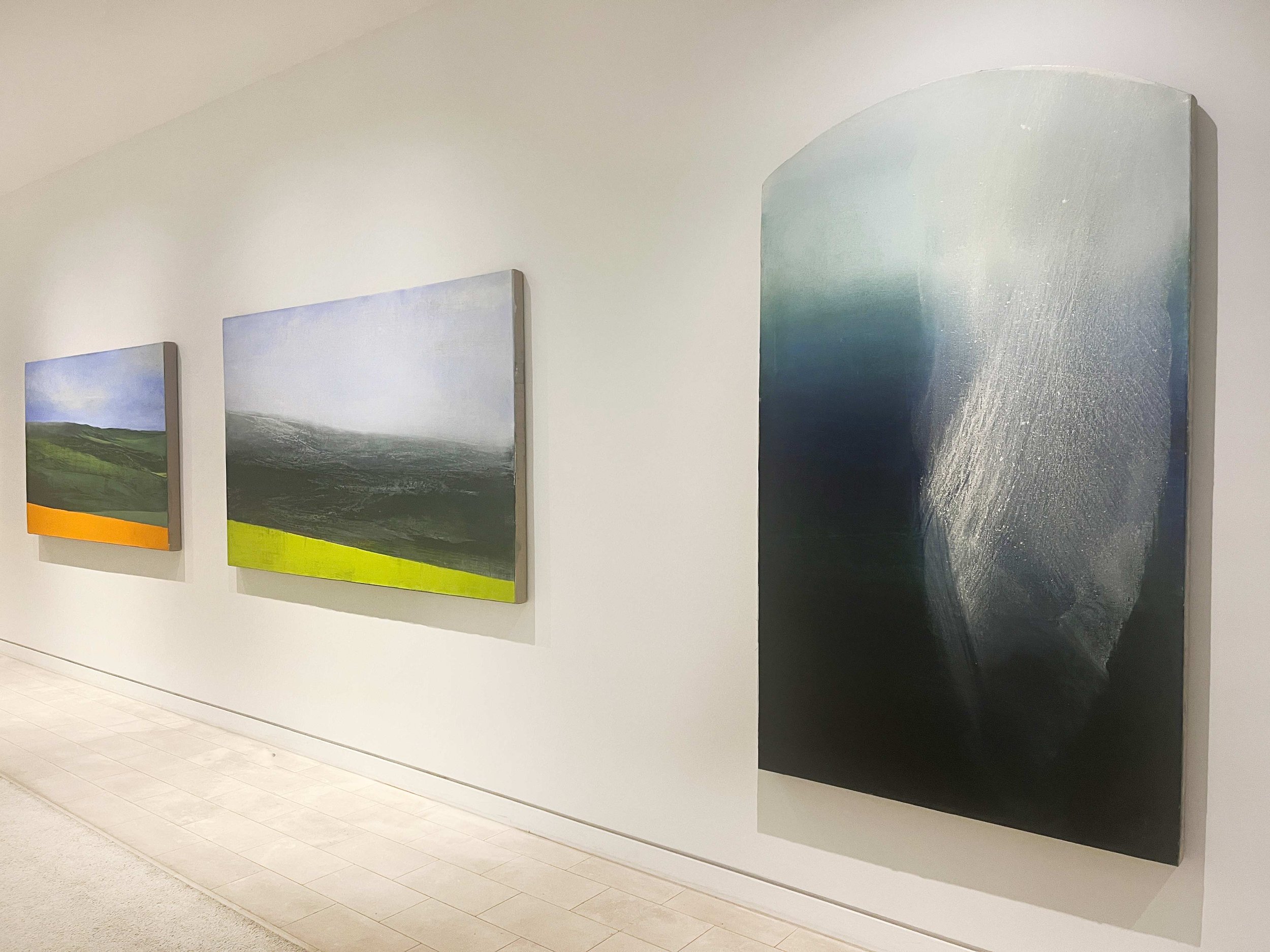
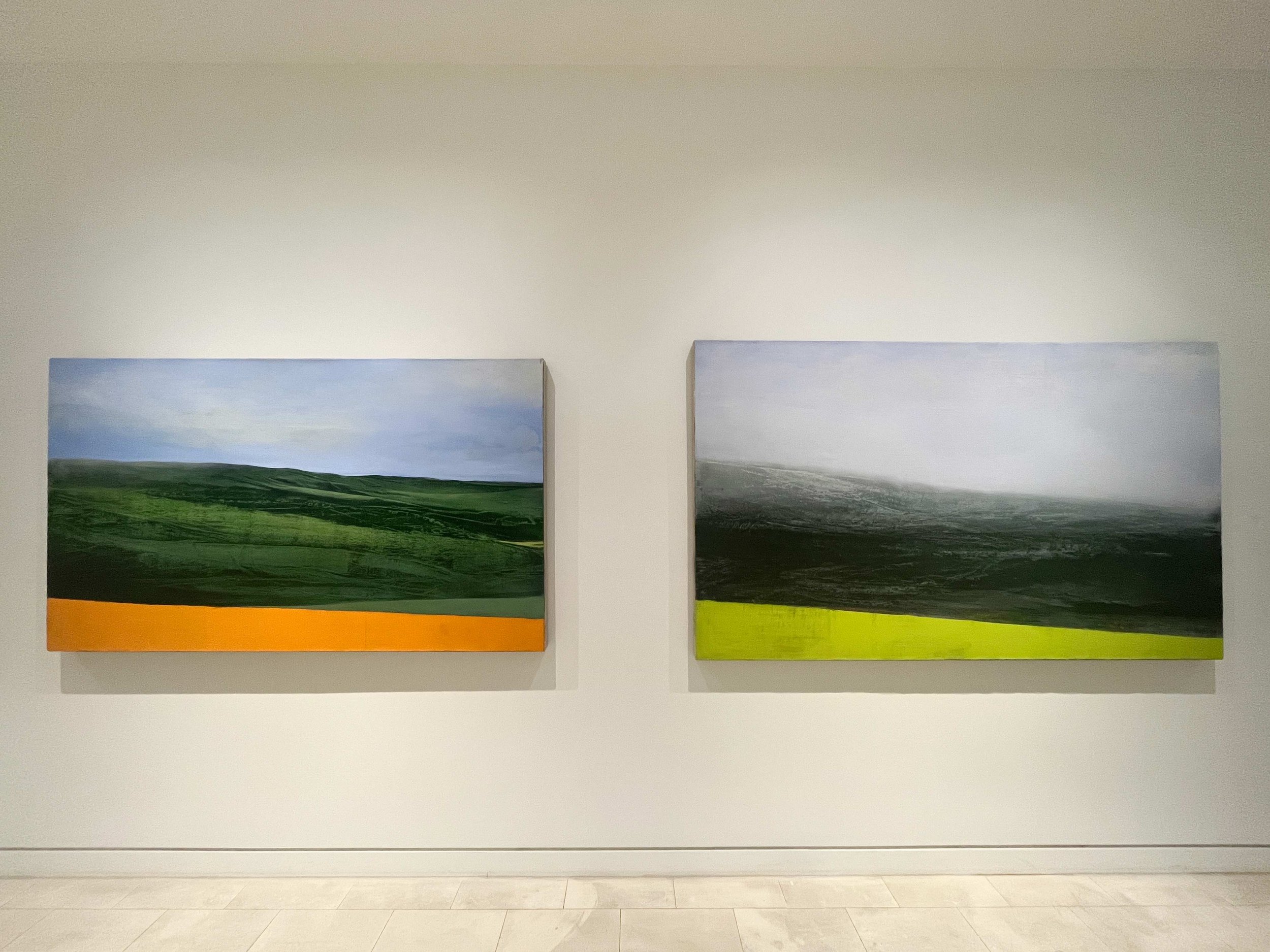
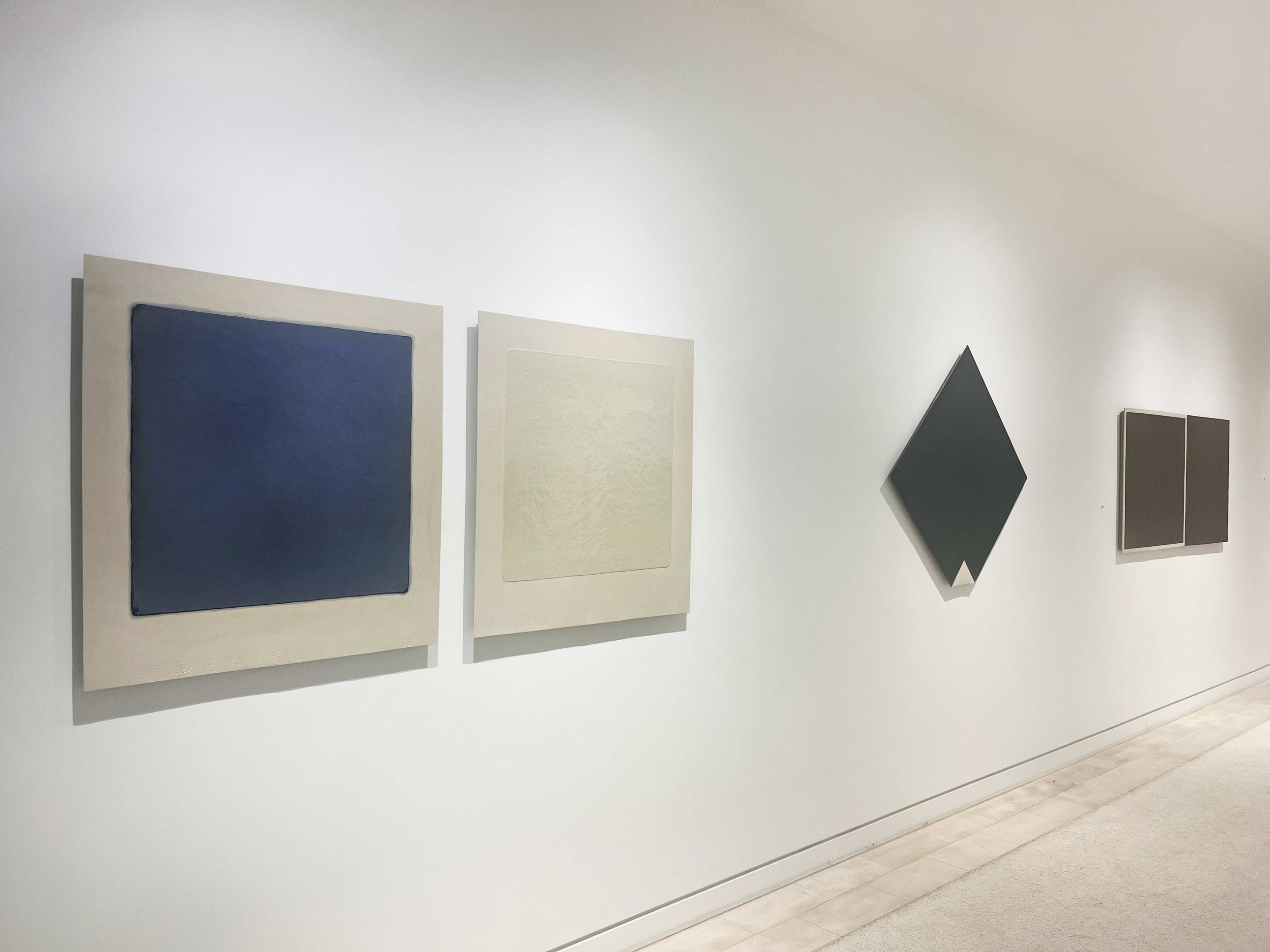


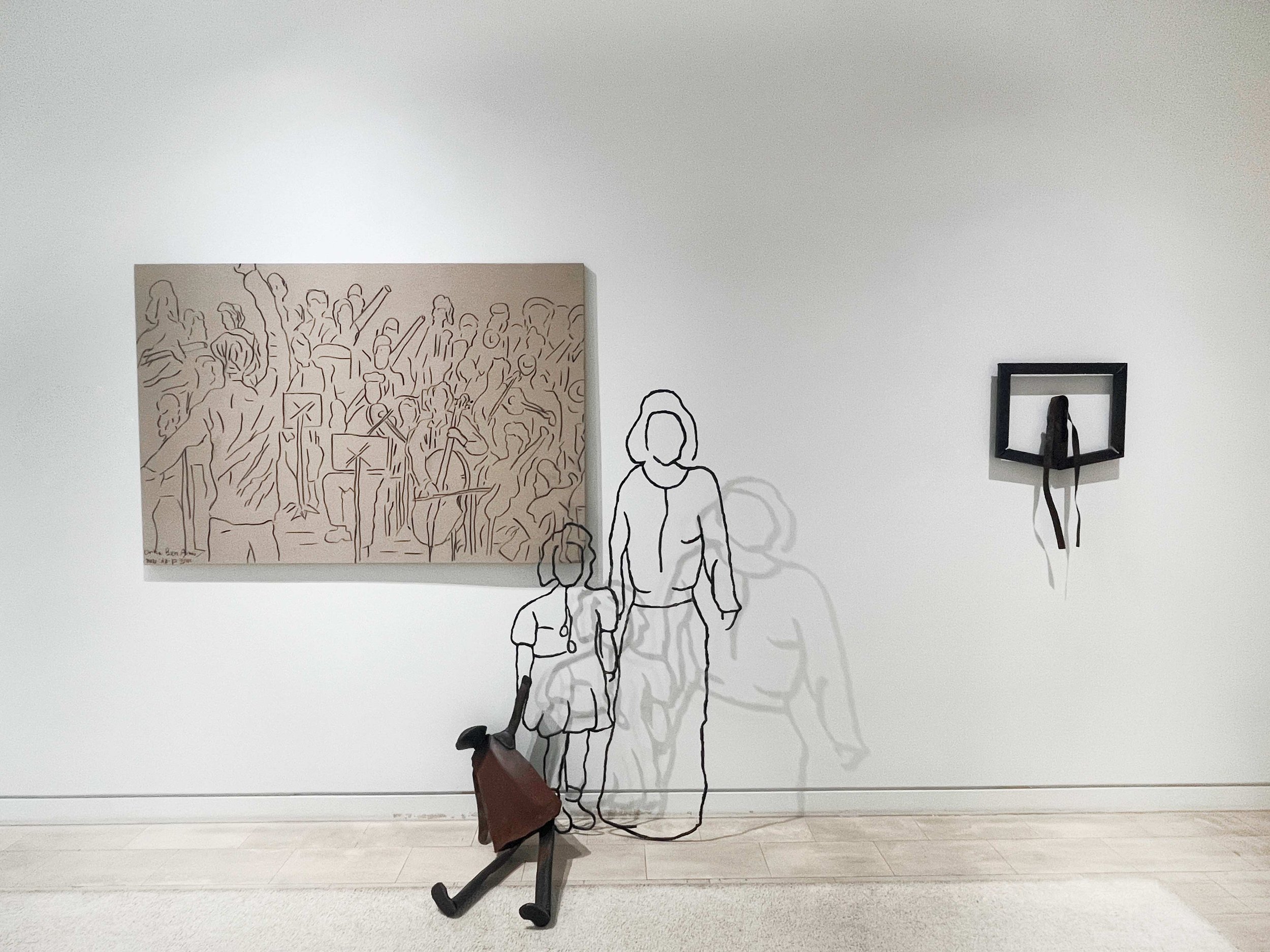
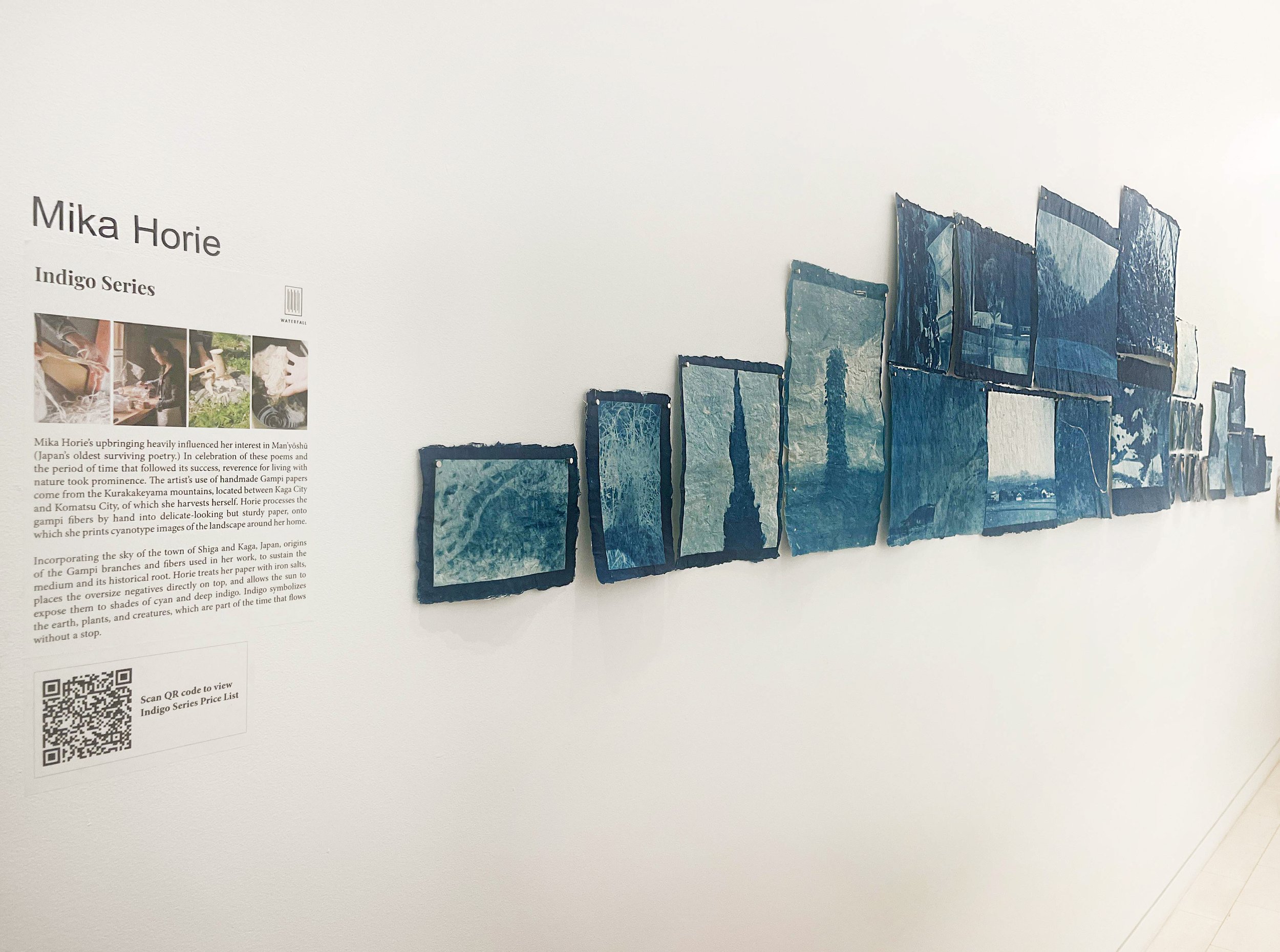
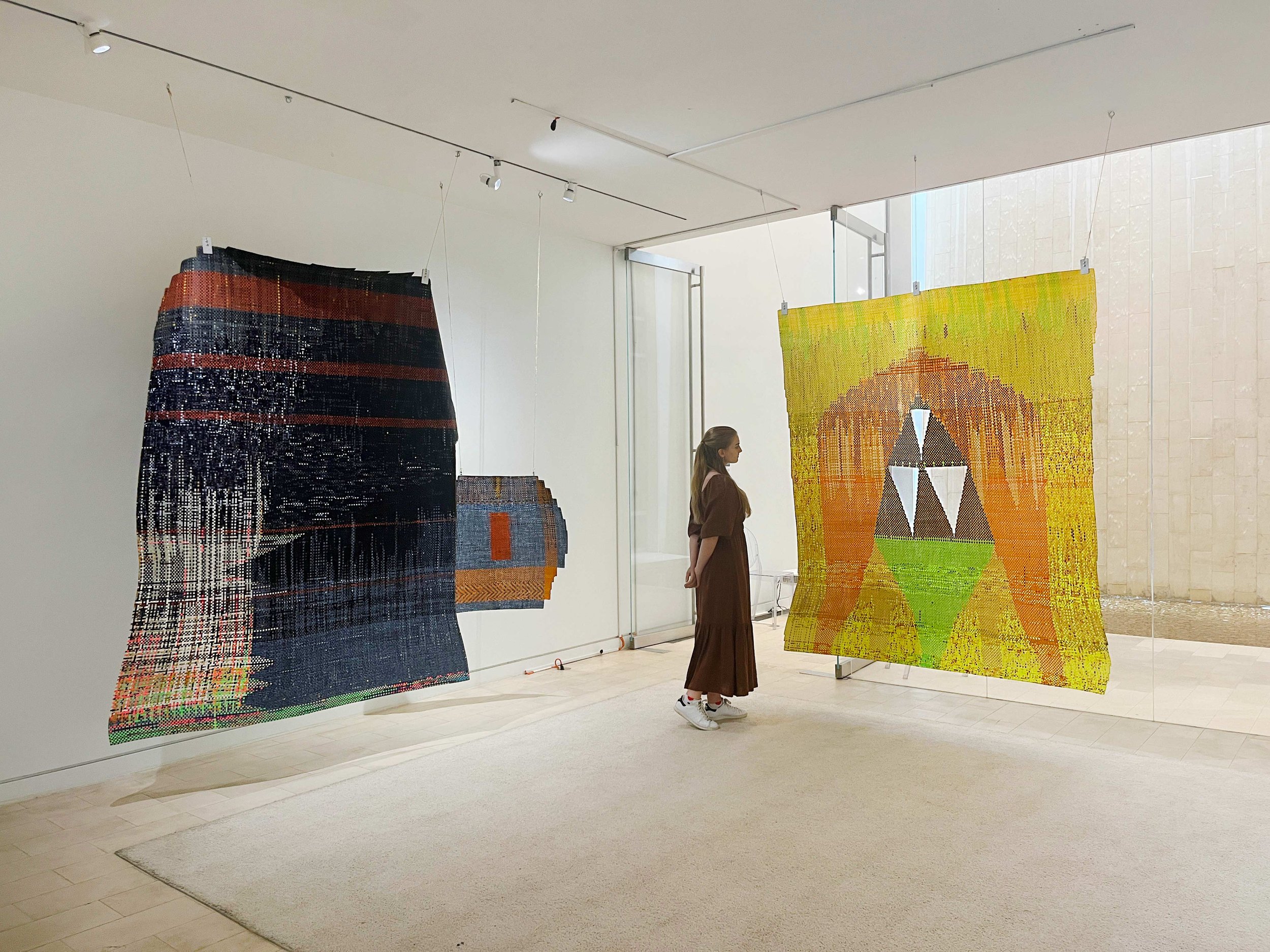
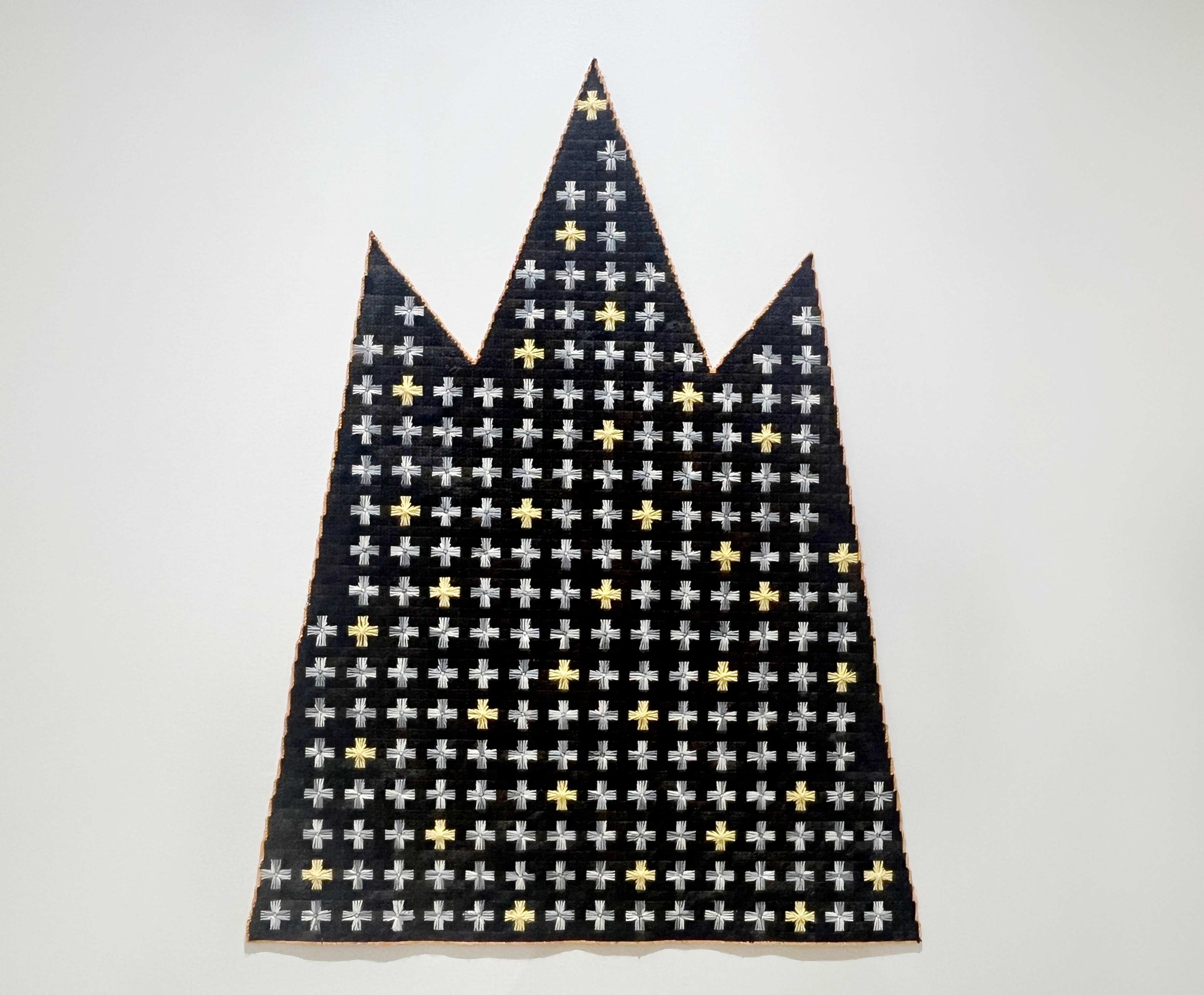
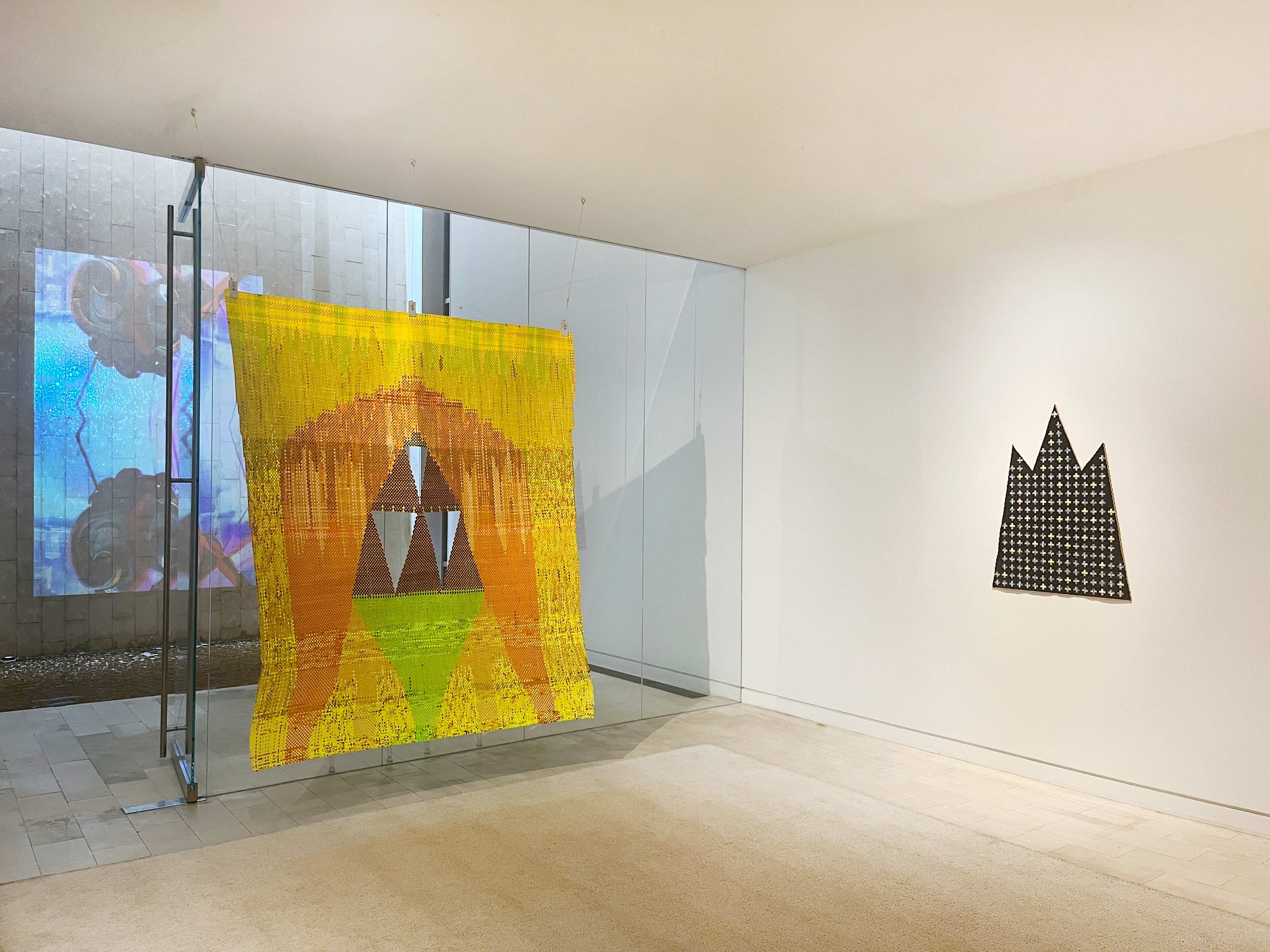
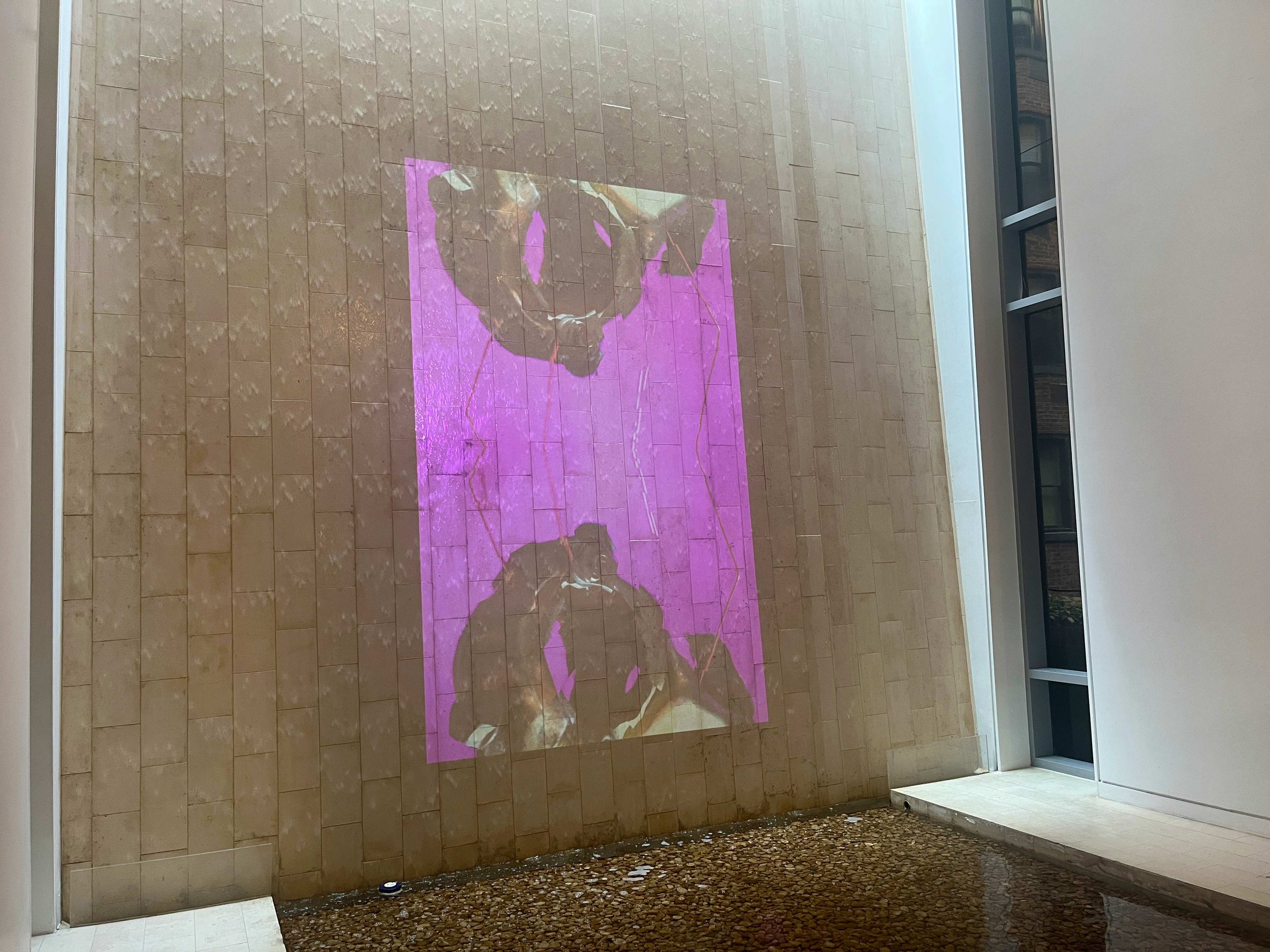
Antonio Murado
Antonio Murado is a New York based painter from Spain whose art works investigate the passage of time and slowness in the process of making art and achieve romantic interpretations of nature, historical references and literature.
Building up layers on the surface of the canvas and adding lighter gestural marks, Antonio Murado achieves great depth and a meditative mood. He explores his interest in nature using subject matter—often abstracted landscapes and flowers—and experiments with the behavioral properties of paints and varnishes. For Antonio, he reduces his paintings to its bare elements such as shape, color and overall structure in an attempt to provide an entrance for a deeper experience.
Jinwon Chang
Jinwon Chang is a Korean artist who studied Korean Traditional Painting in South Korea and moved to New York in 2004.
For Chang, art is just as much a matter of listening and suppressing as it is a matter of speaking and self-expressing. Chang learned in his native traditions and practices of Korean painting, his materials of choice were Sumi ink and Japanese pigments (“Bunchae”) on Hanji paper. In 2004, Chang moved to New York where he immersed himself in a new freedom found in painting.
Departing from the Korean traditional brush techniques, Chang began to use a roller and squeegee with acrylic and charcoal for the following three years. Afterward, he reincorporated the Korean tradition into his new contemporary abstract process of using the brush with Sumi ink, acrylic, metallic paint, charcoal, and pigment pen on Hanji paper.
Lee seung hee
Lee Seung Hee is an artist working in ceramics from South Korea. Throughout his career, Lee has emphasized motifs, materials, and colors that have strong associations with traditional Asian ceramic works. In this way, he enables viewers to make an imaginative connection between his undeniably contemporary works and the rich heritage of ceramics. He trained in the Craft Design Department at Cheongju University, where he studied ceramics, fibercraft, dyeing, and tapestry.
As a master of ceramics technique, he transforms fully three-dimensional objects into low-relief ceramic works as found in his series ‘Space of 8mm’. He starts by sculpting a flat clay surface with a thickness of 8mm in a variety of sizes and formats. To create the effect of folded paper, he applies 10-20 layers of clay/water mixture to obtain a minimal but discernible “paper-thin” elevation. Before firing these works in a kiln, he selectively glazes them. By employing different colors and thicknesses of glaze, he achieves an astonishing range of rich, subtle hues.
Orna ben-ami
Orna Ben-Ami is a sculptor and one of the only Israeli iron welders known for the ability to reconstruct her own fragmented stories as a woman and an artist into delicate interpretations of femininity and art.
Her delicate depictions of the history of refugees in Syria and Africa in “Entire Life in a Package” were exhibited globally, sponsored by the United Nations and the Ministry of Foreign Affairs in Israel. Through the iron, attached to photos taken by Reuters photographers, she expresses the will to hold on to the identity and memories with her sculpted symbolized objects, while simultaneously rendering them eternal like meaningful metal monuments.
For decades, where Orna’s artworks centered on the significance of cultural identities, human suffering, and the grief in her past, her most recent body of work embraces the gentle moments of the present as she looks to the future.
Lorenzo hurtado
Born in the border town of Ciudad Juarez, Chihuahua, Mexico, in 1979, Lorenzo Hurtado grew up in a culture of craftsmanship. With modest incomes, many of the people in his community learned how to make things to survive, from the garments they wore to the houses they lived in. His mother was a knitter who made all the family’s clothes. His weavings reflect his heritage, but also serve as expanded commentary on indigenous traditions.
In his Papel Tejido (Woven Paper), Lorenzo takes paper and paints and transforms them into sculptural textiles. He begins with blank sheets of paper, which he paints on both sides with figurative or non-representational imagery. He then painstakingly weaves the double-sided slips of paper by hand, drawing on traditions of basket weaving, Scottish tartan design, and abstract painting. The resulting piece has two faces, urging the viewer to behold it in the round as a sculpture. Lorenzo uses the most elemental form of weaving, recognizing its presence in different communities worldwide as an expression of universality.
Mika horie
Mika Horie is an artist who focuses on Japanese paper photographic work, interested in encouraging the viewer to forget about time and cultural differences.
The artist's use of handmade Gampi papers comes from the Kurakakeyama mountains, located between Kaga City and Komatsu City, of which she harvests herself. Horie processes the gampi fibers by hand into delicate-looking but sturdy paper, onto which she prints cyanotype images of the landscape around her home. Incorporating the sky and landscapes of the town of Kaga, Japan, the origins of the Gampi branches and fibers used in her work, to sustain the medium and its historical root. Horie treats her paper with iron salts, places the oversize negatives directly on top, and allows the sun to expose them to shades of cyan and deep indigo. Indigo symbolizes the earth, plants, and creatures, which are part of the time that flows without a stop.
Minha yang
Minha Yang, based in Korea, works with technology and art. He believes that despite the great advancements made so far, technology still carries imperfections that will continue to evolve and be resolved over time. He believes it is his vocation as an artist to recognize these imperfections and to find human traces in between the illusion and reality that technology creates.
‘Unlimited Re-generation' represents a visionary city imagined by machines, based on the shapes of discarded architectural debris. Artificial intelligence detects traces of past cities and generates new structures from those remnants. This activity of artificial intelligence resembles our civilization's endless self-regeneration of its shell with limited resources within a closed loop.
